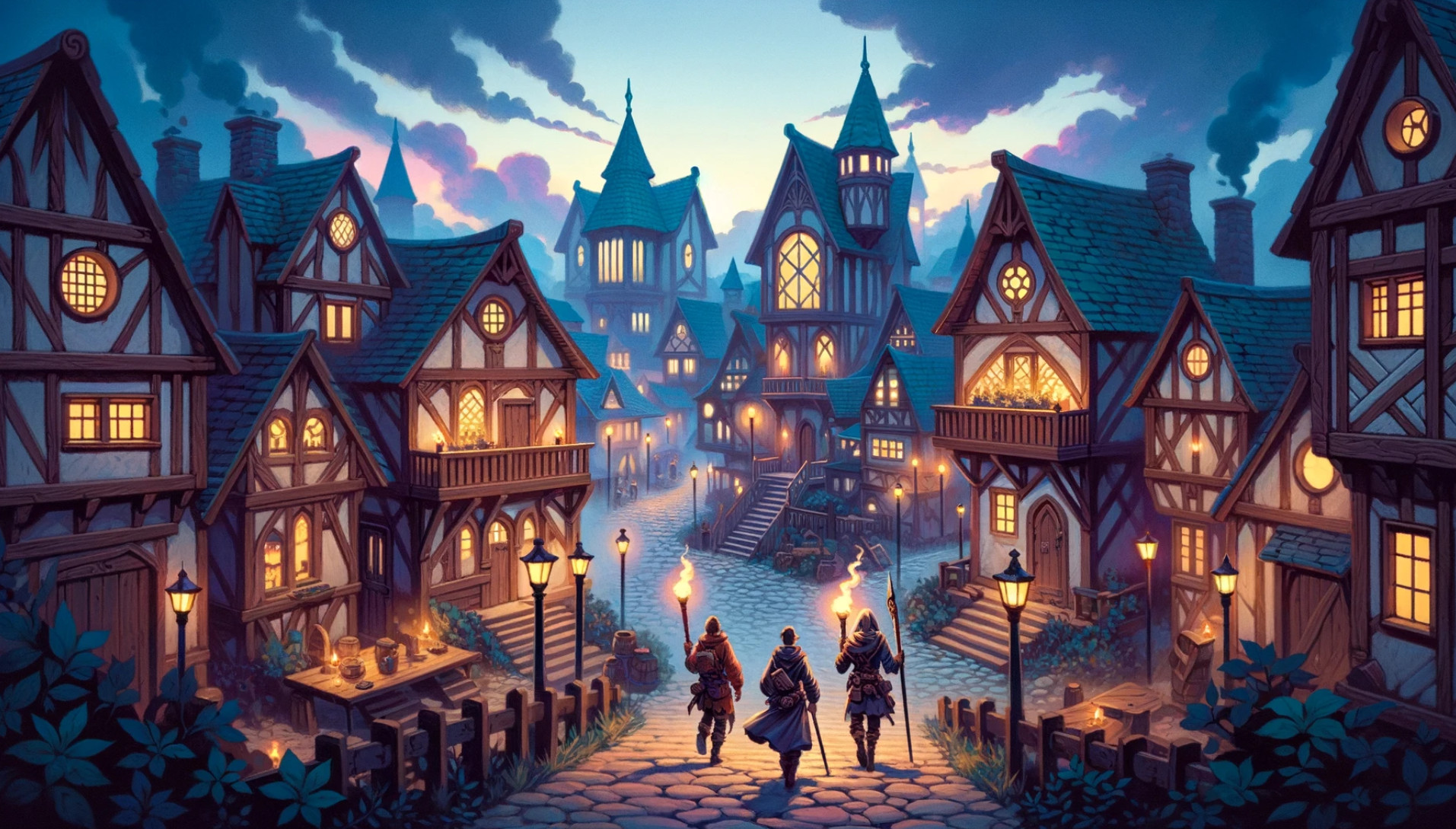Featured
If you have a Spotify, even better, Spotify Premium, this post is for you. There are many ways to enhance your games with music, yet most of the time, searching for the right soundtracks on Youtube is somewhat uncomfortable at best. If you use Spotify for your sessions and games, here is a Dungeon Goblin curated a list of soundtracks that you can use and follow for your games. The list most of the time is renewed, and feedback is excellent for what kind of soundtracks would like to see in the future.
Dungeons are the bread and butter of adventuring in D&D, and dungeon maps are one of the most exciting things for the players to explore and engage with. Since we already learned from the previous articles how to design world, region, and hub maps for our sandbox campaign, let's see how we could design and create dungeon maps and learn how to organize all of them for your next session.
So why is it important for us as DMs to have Hub Maps? Hub Maps are mainly used to organize your NPCs, stories, and plot hooks in one place that would lead to your quests or other locations. Hubs might also be an excellent avenue to add some side quest content for your players to invest more into the NPCs and add a layer of story for the quests connected to a hub.
While World Map is the most helpful tool for the DM to design their overarching sandbox campaign, Region Maps is one of the most valuable tools for the player to experience your story in your Sandbox Campaigns. Regional Maps entice the players to go to different plot hooks and be intrigued by what the region offers. For the DM, it's also a valuable tool for planning your quests and having a player progression that does not go out of hand with too many choices for your players but also provides the freedom to explore your sandbox campaign organically.




